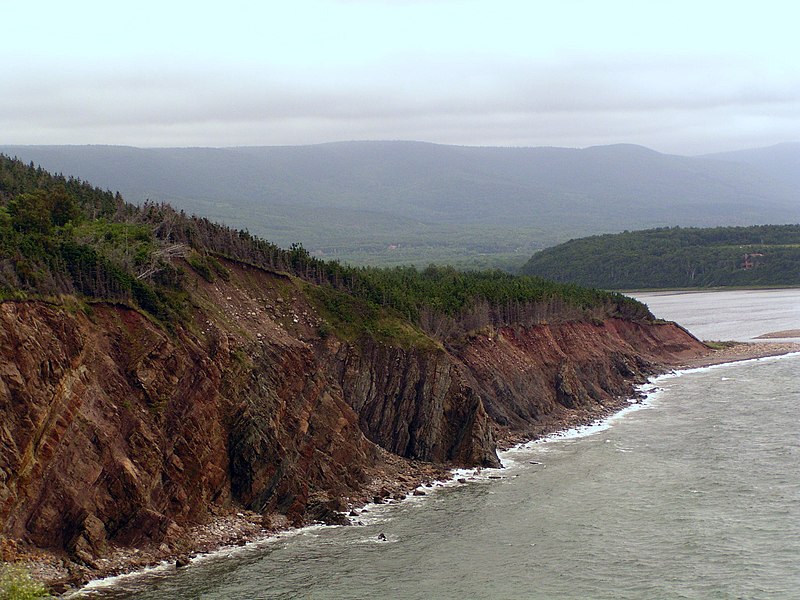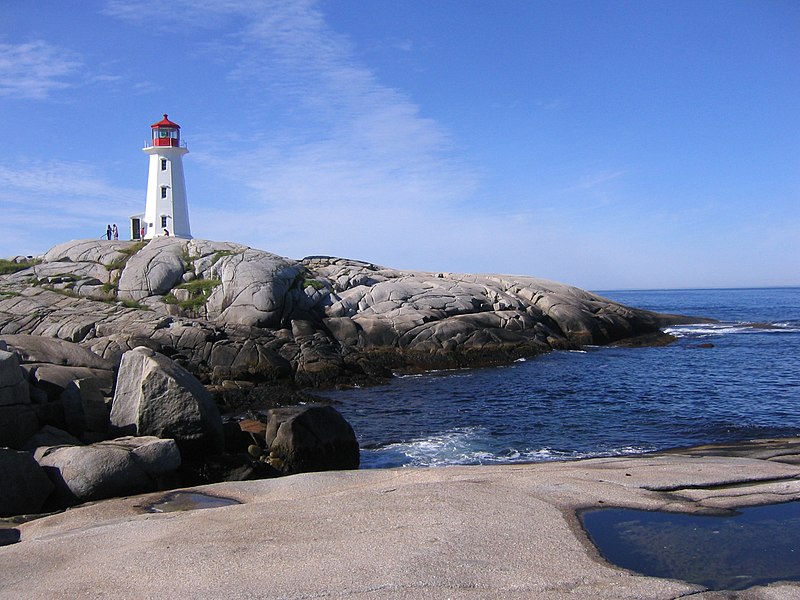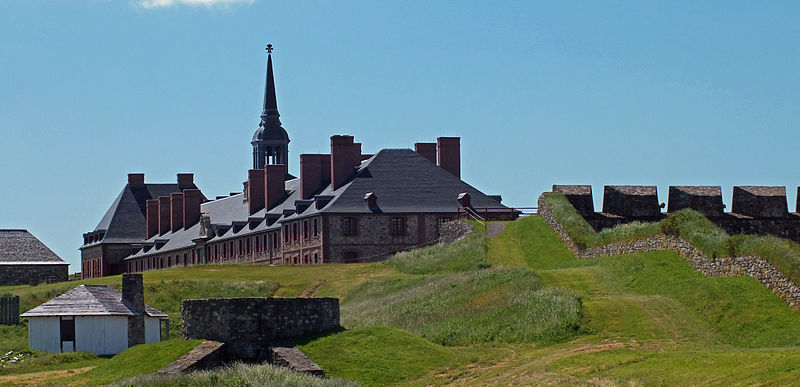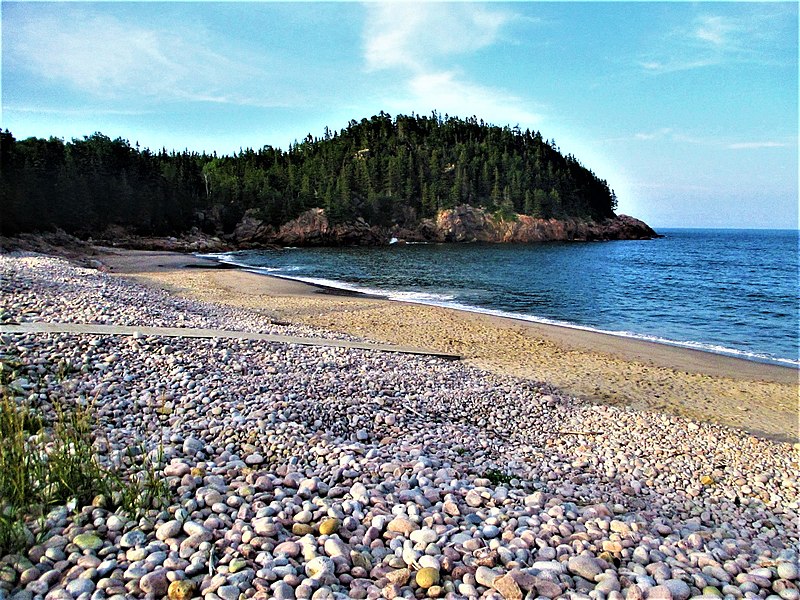7481 Woodbine Ave #203, Markham, ON L3R 2W1 (647) 806-8188
Copyright © 2021 CondoTrend. All rights reserved.

Nova Scotia is Canada’s second-smallest province and the continent’s easternmost peninsula. Despite this, its extensive coastline is peppered with fishing settlements, sandy beaches, and large islands. From the foggy Atlantic Ocean in the southeast to the tidal salt marshes of the Bay of Fundy in the west to the Gaelic highlands of Cape Breton in the north, the topography differs dramatically. In these latitudes, Nova Scotia’s climate is both pleasant and slightly humid. Summers are generally bright and sunny, despite the regular occurrence of fog and snow.
Halifax is Canada’s capital and biggest city. The French, headed by Samuel de Champlain, founded Port-Royal in the Annapolis Valley in 1604, becoming the first permanent European outpost north of Florida. Acadia was given the name that is still used for the whole French Maritimes. You can locate the greatest locations to visit in this intriguing area by using our list of the most popular attractions in Nova Scotia.
Cabot Trail
A 300-kilometer scenic trek along the northeastern coast of Cape Breton Island and the Cape Breton Highlands National Park limits. In a spectacular backdrop, the highest peaks of Nova Scotia meet the Gulf of Saint Lawrence. This route is favored by motorcyclists because to its cliffs, beaches, lookouts, and winding road, all of which provide excellent picture possibilities. Numerous enticing locales and points of interest, such as artisanal companies, are situated close to the road. Hiking is a widespread activity. Guests may explore a variety of outstanding hiking paths alone or with a local guide. Alexander Graham Bell, inventor of the telephone, was born at Baddeck, the unofficial starting and ending point of the Cabot Trail.

Peggy’s Cove
Peggy’s Cove, which is about 27 miles (43 kilometers) to the south-southwest of Halifax, exudes an air of yesteryear. The Peggy’s Spot Lighthouse, which is known for being one of the most photographed lighthouses in Canada, is located at a hazardous spot-on Canada’s foggy Atlantic Coast. Guests should use extreme caution when walking down the perilous coastline since the lighthouse is encircled by precipitous granite cliffs that are often pounded by the sea. This bustling fishing village is characterized by fishing wharves and boathouses that border the beach, and the winding road is characterized by historic mansions and art galleries that flank the roadway.

Fortress of Louisbourg National Historic Site
The Fortress of Louisburg National Historic Site is a living history museum that recreates mid-18th-century fort life with more than forty historic buildings, costumed interpreters, and operating enterprises. Rebuilt on the site of a French fort constructed in 1713, the city is encircled by large defensive walls, some of which were as thick as 35 feet when they were finished. The reconstructed site is presently inhabited by interpreters dressed in era-appropriate attire who participate in tasks ranging from domestic to military. Visitors may watch servants producing actual hot cocoa and freshly baked bread, merchants peddling their wares, and military firing cannons and muskets as the ground trembles. Tourists wanting a more immersive experience may choose to spend the night in a reproduction tent or a period cottage – a really unique experience for couples in search of a romantic hideaway.

Cape Breton Highlands National Park
The highest peaks in Nova Scotia are located in Cape Breton Highlands National Park, which encompasses approximately 950 square kilometers near the northernmost extremity of Cape Breton Island. Hikers, campers, and families are enticed to explore the park by the coastline of beaches and cliffs and the interior woods and rivers. Moose, beaver, eagles, and deer are often observable from the Cabot Trail scenic drive, which traverses a portion of the national park. Skyline Trail, a gorgeous trail constructed up on an easy-to-walk wooden boardwalk, is also located inside the park. Overlooking the Gulf of Saint Lawrence, travelers may see whales while taking in sweeping views of the craggy coastline.
7481 Woodbine Ave #203, Markham, ON L3R 2W1 (647) 806-8188